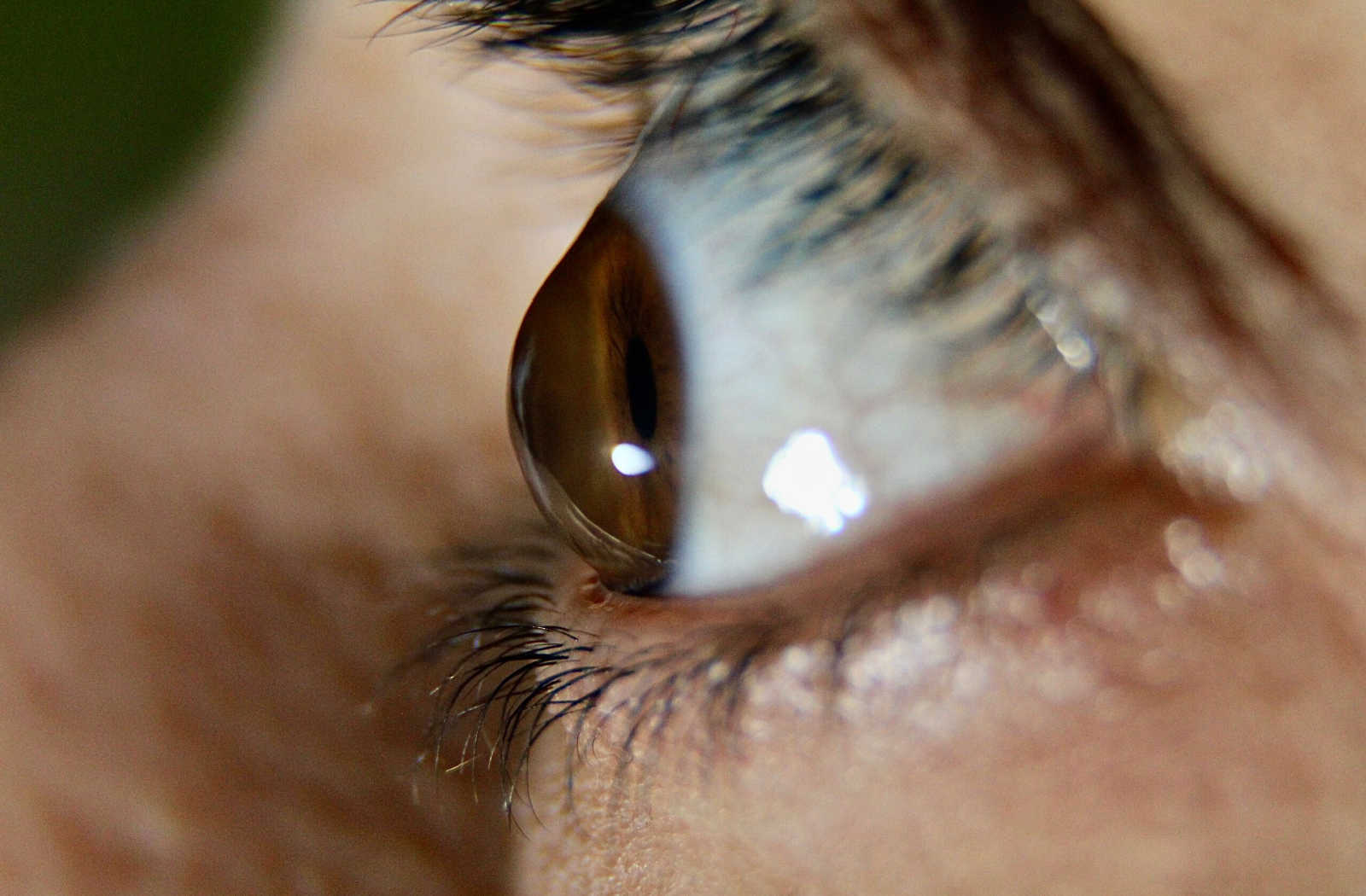Featured
Long term direct exposure to ultraviolet (UV) rays can lead to numerous eye problems, some of which may result in irreversible damage or vision loss. Whether you're outdoors on a warm beach or taking a walk on a cloudy day, comprehending just how UV rays affect your eyes and discovering how to shield them is critical for keeping healthy vision.
What Are UV Rays and Just How Do They Influence the Eyes? UV rays are a type of undetectable radiation produced by the sunlight. There are three kinds of UV rays:
UVA Rays: These penetrate deeply into the skin and eyes, contributing to lasting damage. UVB Rays: These are a lot more intense and can trigger surface-level damage, such as sunburn or corneal damages. UVC Rays: These are one of the most harmful however are taken in by the Planet's ambience and seldom position a straight danger. Both UVA and UVB rays can harm various parts of the eye, including the cornea, lens, and retina.
Short-Term Results of UV Exposure. Even a short duration of extreme UV direct exposure can damage your eyes. An usual condition resulting from this is photokeratitis, frequently called "sunburn of the eye." Signs and symptoms include:
Painful or red eyes. Sensitivity to light. Excessive tearing. Short-term blurry vision. Photokeratitis is typically temporary yet functions as a tip of the instant risks of UV radiation.
Long-Term Impacts of UV Exposure. Collective UV direct exposure gradually can result in a number of serious eye conditions, consisting of:

Cataracts: UV rays accelerate the development of cataracts, a condition where the lens of the eye ends up being gloomy, resulting in vision impairment. Cataracts are a leading reason for blindness worldwide.
Macular Deterioration: The macula, a component of the retina in charge of central vision, can be damaged by long term UV exposure, raising the risk of age-related macular degeneration (AMD)
Pterygium: Usually called "web surfer's eye," this problem entails a growth of tissue on the white part of the eye, which can cross the cornea and hinder vision.
Pinguecula: UV exposure can trigger yellow-colored areas to base on the conjunctiva, causing irritation and pain.
Skin Cancer Around the Eyes: The fragile skin bordering the eyes is very at risk to UV radiation, boosting the risk of basal and squamous cell carcinoma.
Securing Your Eyes from UV Damage. The excellent news is that protecting your eyes from UV radiation is straightforward and effective. Right here are some necessary suggestions:
Put On UV-Blocking Sunglasses. Choose sunglasses that block 100% of UVA and UVB rays. Try to find tags indicating "UV 400" defense. Wrap-around designs give added coverage, avoiding UV rays from going into from the sides.
Utilize a Wide-Brimmed Hat. A hat with a wide brim can obstruct virtually 50% of UV rays, supplying added defense for your eyes and the delicate skin around them.
Stay Clear Of Top Sun Hours. UV rays are strongest in between 10 a.m. and 4 p.m. Decrease your outdoor direct exposure during these hours, or guarantee you're sufficiently safeguarded if you need to be outdoors.
Safeguard Your Eyes Year-Round. UV rays are existing year-round, even on over cast or snowy days. Snow, sand, and water can reflect UV rays, intensifying their results. Make sunglasses a component of your daily routine, regardless of the season.
Think About UV-Blocking Contact Lenses. Many get in touch with lenses currently use UV security, which can be an extra secure when coupled with sunglasses.
Encourage Eye Defense for Children. Kid's eyes are much more vulnerable to UV damage due to the fact that their lenses are more clear, enabling more UV light to get to the retina. Ensure they wear sunglasses and hats when playing outdoors.
Arrange Regular Eye Exams. Routine visits to an eye treatment specialist are necessary for monitoring your eye health and wellness. An eye doctor can find early signs of UV-related damage and advise remedies, such as prescription sunglasses or UV-blocking glasses tailored to your needs.
Conclusion. UV rays might be undetectable, yet their effect on your eye health and wellness is really real. From temporary pain to long-lasting conditions like cataracts and macular degeneration, the threats of UV direct exposure are also substantial to neglect. By wearing UV-blocking sunglasses, limiting your exposure throughout optimal hours, and scheduling routine eye tests, you can protect your vision and take pleasure in the outdoors securely. Bear in mind, your eyes are one of your most important properties-- take the essential actions to shield them from damaging UV rays today.
Latest Posts
Unlock WyHy FCU – Top Benefits for Your Money Goals
Don’t Miss Limited-Time Auto Repair Offers in Chicago at Montclare Auto Repair
Find Out Cut Costs on Car Maintenance with Montclare Auto Repair’s Special Deals
More
Latest Posts
Unlock WyHy FCU – Top Benefits for Your Money Goals
Don’t Miss Limited-Time Auto Repair Offers in Chicago at Montclare Auto Repair
Find Out Cut Costs on Car Maintenance with Montclare Auto Repair’s Special Deals